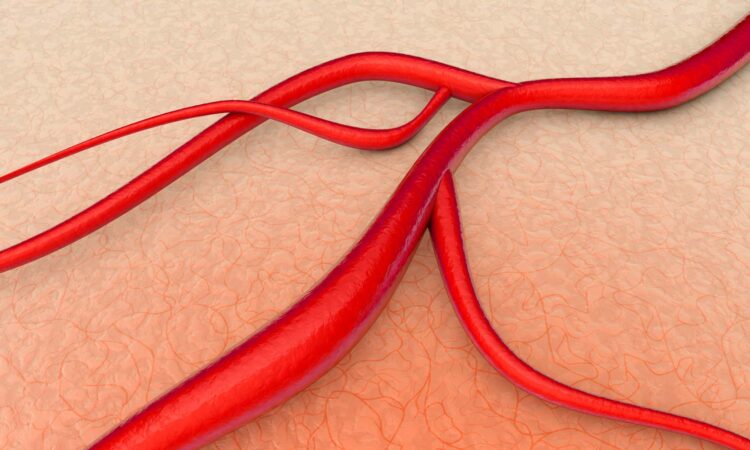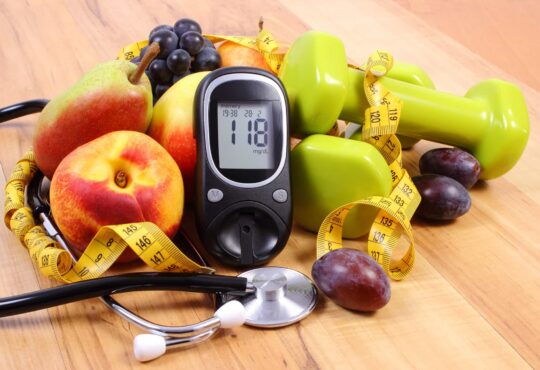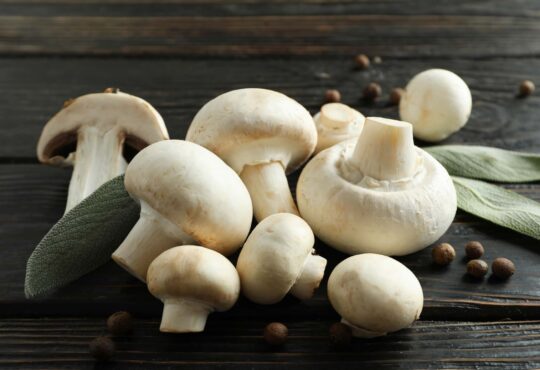Protect the Linings of Your Entire Vascular System, Not Just Your Heart

“I got a bum ticker.”
How many times have you heard someone in a movie or a TV show say that?
Lots. Too many.
Our lives absolutely do depend on a functioning heart.
And some hearts do have structural problems. Long ago, I knew a guy who died in his 30’s because he had a congenitally defective heart valve.
However, that is NOT the cause of most heart attacks or even the general weakness, fatigue and out-of-breath state of most people as they age.
To a large extent, your heart health is simply one part of your overall vascular condition.
“Vascular” refers to the 50,000 to 60,000 miles of veins, arteries, and capillaries running through every tissue of your body. Yes, if laid end to end, your blood vessels would circle the Earth two and a half times.
What’s even more incredible: 80% of your blood vessels are capillaries.
Capillaries are the tiny (5 micrometers in diameter) vessels that supply the majority of your flesh with blood carrying oxygen, glucose and nutrients. That’s microcirculation.
A typical heart attack is not caused by a “bad” heart but by a blockage in a coronary artery carrying blood to the heart.
Therefore, the real “secret” to a healthy heart is maintaining healthy arteries, veins and capillaries – all 60,000 miles of them.
In the past, we thought of blood vessels as just flexible tubes, like garden hoses. Now we realize that’s too simplistic.
Instead, the inner lining of your vessels interacts with your blood to help it flow freely while protecting the rest of your body.
You need a well-functioning glycocalyx to regulate blood flow. That is, when one of your organs needs additional blood, it signals that to the glycocalyx. In turn, the glycocalyx adjusts the blood vessels to send more blood to that organ.
For instance, because your brain is active as you read this, your glycocalyx is probably sending more blood to it. (Yes, thinking requires your brain to consume more oxygen and glucose. When you exercise, your glycocalyx sends more blood to your hard-working muscles.)
Of course, you also need good blood circulation to remove metabolic waste and carbon dioxide from your cells and eliminate that from the body.
A thick, well-functioning glycocalyx also helps prevent the formation of plaque along the inside of your blood vessels.
No plague, no blocked arteries . . . no heart attacks.
Having a healthy vascular system means maintaining a functioning endothelial glycocalyx.
What is Endothelial Glycocalyx
It’s a sort of a dense gel matrix lining your blood vessels. One of its major components is hyaluronic acid.
The endothelial layer is the first level of cells inside your blood vessels. The endothelial glycocalyx coats those cells to protect them.
This endothelial lining forms a barrier to block anything harmful in your blood (such as viruses) from sneaking out of your blood to damage tissues deeper inside your body.
By protecting the cells of your endothelial lining, glycocalyx protects them, maintaining vascular integrity.
This process also protects the capillaries themselves – quite small and fragile – from blood clotting, inflammation and leakage.
Disintegration of the Endothelial Glycocalyx Lining is Associated With:
* Inflammation
* Edema
* Blood leakage
* Poor cell signaling
* Loss of structural integrity in membranes
* Loss of immune cells
* Exposure of endothelial cells to free radicals
* Organ starvation because your organs can’t receive enough blood to get the oxygen, glucose and nutrition they need to function
Diseases Associated with Disintegration of the Endothelial Glycocalyx
* Cancer
* High blood pressure
* Sepsis
* Heart disease
* Kidney problems
* Stroke
* Dementia
* Inflammatory disorders
Clearly, maintaining the endothelial glycocalyx’s structural integrity is vital to good health and anti-aging.
What Causes Disintegration of the Endothelial Glycocalyx
* Various illnesses, including trauma
* Aging
* Oxidative stress from free radicals
* Sheer stress (the pressure of flowing blood pressing against proteoglycans that project out from the inner walls of your blood vessels)
* Genetics
* Poor diet (consuming simple sugars and oxidized fats)
* Lack of exercise
* Smoking
* Stress
* Pollution
Early Signs of Organ Starvation and Overall Vascular Decline
* Cold hands and feet
* Leg cramps
* Skin problems
* Hair thinning
* Fatigue
* Lack of focus
* Memory loss
* Some eye problems
* Hearing loss
* Severe PMS
* Erectile dysfunction
* Slow wound healing
* Neuropathy
What Helps Protect and Restore the Endothelial Glycocalyx
* Berberine
This plant, often called an herbal form of Metformin, reduces the stress on your glycocalyx. It also increases production of nitric oxide, which is vital for helping the walls of your blood vessels relax and widen, increasing circulation and lowering blood pressure.
* Nitric oxide
This chemical – NO – not only helps keep your blood vessels relaxed and dilated to improve circulation, it stimulates your body to produce its own natural antioxidants to protect the glycocalyx from reactive oxygen species (free radicals).
You increase your nitric oxide by eating plenty of dark leafy greens and, especially, beets and beet juice.
You also increase NO in your body by breathing only through your nose.
* Exercise
You want regular, consistent moderate workouts that really get your blood flowing, without overstressing your muscles. This thickens the endothelial glycocalyx.
According to human studies, both aerobic exercise and high intensity interval training strengthen your glycocalyx by thickening it.
Yes, There’s a Supplement Specifically to Improve Your Endothelial Glycocalyx
It supplies seven plant-derived ingredients that may – will, according to the company’s research – improve the function of your glycocalyx.
Before you pay for any supplement, however, make sure you address the important lifestyle changes.
Conclusion
1. Get regular, moderate exercise
2. Avoid simple sugars
3. Avoid foods high in oxidized, trans or saturated fats
4. Eat unprocessed plant foods high phytonutrients: especially berries, walnuts and beans
5. Manage your stress by getting 7-9 hours of sleep every night and using meditation, deep breathing or other such techniques
https://www.youtube.com/watch?v=NDho3AXKNBw
https://www.youtube.com/watch?v=KtEYk6RoI7o
https://www.youtube.com/watch?v=Gbk4RFbrPZ4
https://nutritionfacts.org/video/flashback-friday-the-effects-of-avocados-on-inflammation/
https://docs.google.com/document/d/13PO7_a2ssHv_rbaI3avXJaA3ueXfnub7/edit?pli=1
https://www.ncbi.nlm.nih.gov/pmc/articles/PMC9304628/
https://www.ncbi.nlm.nih.gov/pmc/articles/PMC1915585/
https://www.youtube.com/watch?v=kzqebcyedQA
https://www.youtube.com/watch?v=NQAS-pTpAbg
https://www.youtube.com/shorts/KEovQr7W1-o







